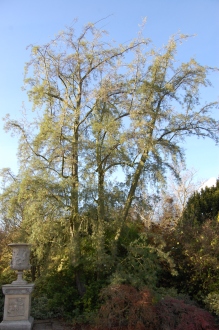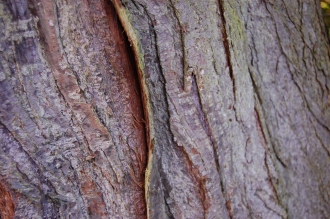Position: Full sun
Flowering period: Late spring to early summer
Soil: Moist, well drained
Eventual Height: 8m
Eventual Spread: 4m
Hardiness: 3a, 3b, 4a, 4b, 5a, 5b, 6a, 6b, 7a, 7b, 8a, 8b
Family: Elaegnaceae
Hippophae rhamnoides is a deciduous large shrub or small tree. Its sliver green leaves are lanceolate, up to 8cm long and 7mm broad.. Its branches are stiff and thorny. Its flowers flowers are dioecious and wind pollinated. Its bright orange fruit are up to 9mm across, borne on the female plants and persist through the winter months. Its roots are widely spread and fix nitrogen in the soil. This plant may sucker.
Hippophae rhamnoides, commonly known as the Sea Buckthorn, Sandthorn, Sallowthorn, Seaberry or Common Buckthorn, is native to most of Europe (including the UK) and Asia. In its native habitat it us usually found in coastal regions, including sand dunes and cliff faces.
The etymological root of the binomial name Hippophae is from the Greek meaning ‘horse killer’, as used by Theophrastus to name the Prickly Spurge. Rhamnoides is derived from the Greek meaning ‘like the Rhamnus’.
The landscape architect may find Hippophae rhamnoides useful in locations where sandy soils require stabilisation. It may also be used as a pioneer species when establishing a woodland. It make an effective impenetrable hedge. Once established this plant is drought tolerant. It is tolerant of maritime conditions.
Ecologically, Hippophae rhamnoides provide food and habitat for some birds and mammals.
The Royal Horticultural Society has given Hippophae rhamnoides their prestigious Award of Garden Merit in 1993.
Hippophae rhamnoides prefers moist, fertile, well-drained soils. It tolerates most pH of soil. It is tolerant of nutrient poor soils.
Hippophae rhamnoides requires little maintenance.
![]()
Landscape Architecture








2 Responses to “Hippophae rhamnoides”